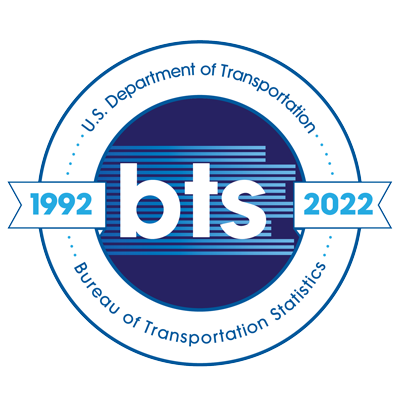Leaf Angle Phenology and Forest Functioning: A test across nine National Ecological Observatory Network (NEON) towers in the eastern USA
Topics:
Keywords: ecophysiology, ecosystem ecology, remote sensing, phenology
Abstract Type: Poster Abstract
Authors:
Brenden McNeil, West Virginia University
,
,
,
,
,
,
,
,
,
Abstract
Remote sensing can provide critical insights into how forest ecosystem functions (e.g. productivity and sequestration of atmospheric CO2) change with climatic variability. But, predicting these functions is limited by critical uncertainty around how and why many broadleaf deciduous forests decline in canopy greenness (i.e. greendown) during the growing season. In a localized prior study, we found that the spatial variability in greendown could be linked to tree species differences in leaf angle phenology, or the degree to which the mean angle of sunlit leaves became more vertical from June to August. To test if leaf angle phenology could explain broader-scale variability in greendown across the eastern United States, we made measurements from nine National Ecological Observatory Network (NEON) towers in Michigan, Wisconsin, New Hampshire, Massachusetts, Maryland, Virginia, and Tennessee. Specifically, we used (a) small time-lapse cameras mounted level with the sunlit tree crowns of multiple tree species to measure leaf angle phenologies, and (b) phenocams measuring the tree crown-specific rate of greendown. By directly measuring how individual tree species control the angle of their leaves in response to climatic variability, and relating that leaf angle change to coincident observations of greendown, we highlight implications for using remote sensing to predict forest ecosystem responses to climate change and altered biodiversity.
Leaf Angle Phenology and Forest Functioning: A test across nine National Ecological Observatory Network (NEON) towers in the eastern USA
Category
Poster Abstract








